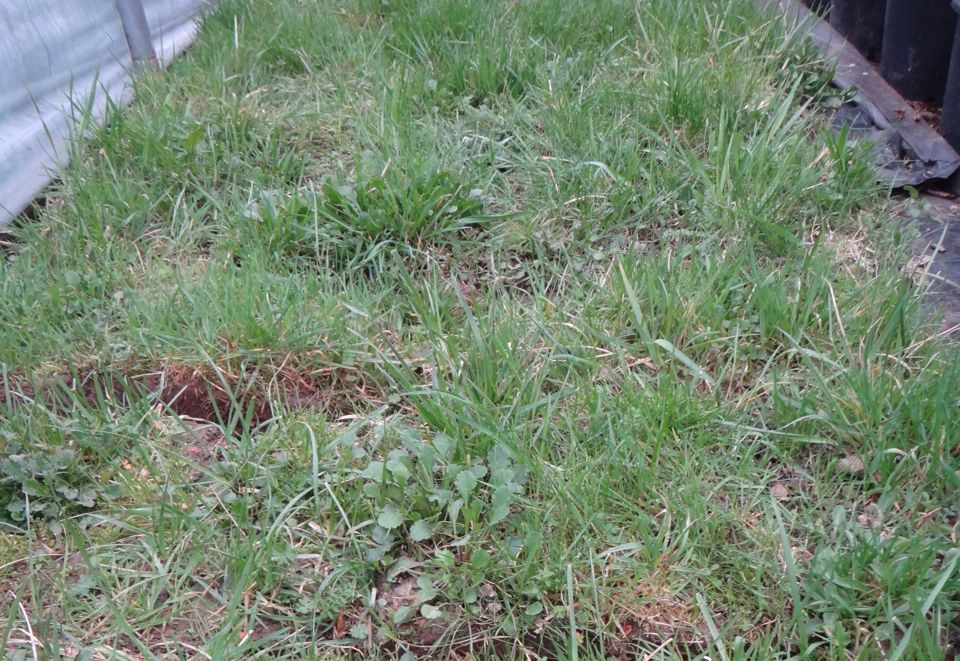The Chelsea Diaries: Wildflower Turf
- March 26, 2013
- Posted by: Thomas Platts
- Category: The Chelsea Flower Show

The meadow turf is making good progress with an abundance of wildflowers waking up to spring within the sward. It is important to exercise restraint when creating wild flower meadows and sticking to the varieties which thrive in your soil. On our acid heavy clay loam we are limited to ox eye daisies, knapweed, meadow buttercup and vetches so there is no point in trying to grow field poppy or any other chalk meadow flowers.
I baled 350 old style small square hay bales in our meadow at the end of last summer leaving it as late in the season as possible to allow the wildflower seed to develop and fall to the ground. Ideally I should then have had sheep in to graze it from November to April keeping the grass down and allowing the wildflowers to develop unhindered. In April the sheep should then be removed to pastures new leaving the meadow to mature.
Normally I mow at least once in April but in recent years it has been too wet to take machinery anywhere near it. However, this year, in the absence of sheep a pair of sharp scissors have been deployed to reduce the size of the stronger growing grasses in the small sections of turf that we have selected and lifted for transporting to Chelsea in seven weeks time.
We shall be using wild flowers in all sections of the garden as they will be present in the fringes and play an important role in the transition from formal to wild area. For example in the damp shady area at the base of the ruined sandstone wall wild bugle will mingle with ivy, Primula and fern and maybe even some ragged robin.
It is my intention to use cultivated grasses planted with garden perennials close to the sculpture window and these will be gradually blended into the meadow grasses and wildflowers drifting to the boundary hedge and kissing gate where wild foxgloves create a natural feel. All this could look rather flat so some shrub planting will be necessary to provide relief.
For this purpose I have chosen Viburnum opulus commonly known as the guelder rose and often seen in natural hedgerows. The white florets should complement the cow parsley and if the weather improves we may even have some garden Achilleas on the other side of the path, which will unify the whole scheme.
Talking of the weather, 4am one morning this week saw me wandering the nurseries with a torch and prodding the pots under the polythene tunnels to see if they were frozen. I then reluctantly succumbed to turning on the heaters to prevent frost damage. It was the first and hopefully the last Chelsea induced sleepless night. I wish the weather would warm up.
For more information about the sponsors of the garden visit www.mandgchelsea.co.uk
